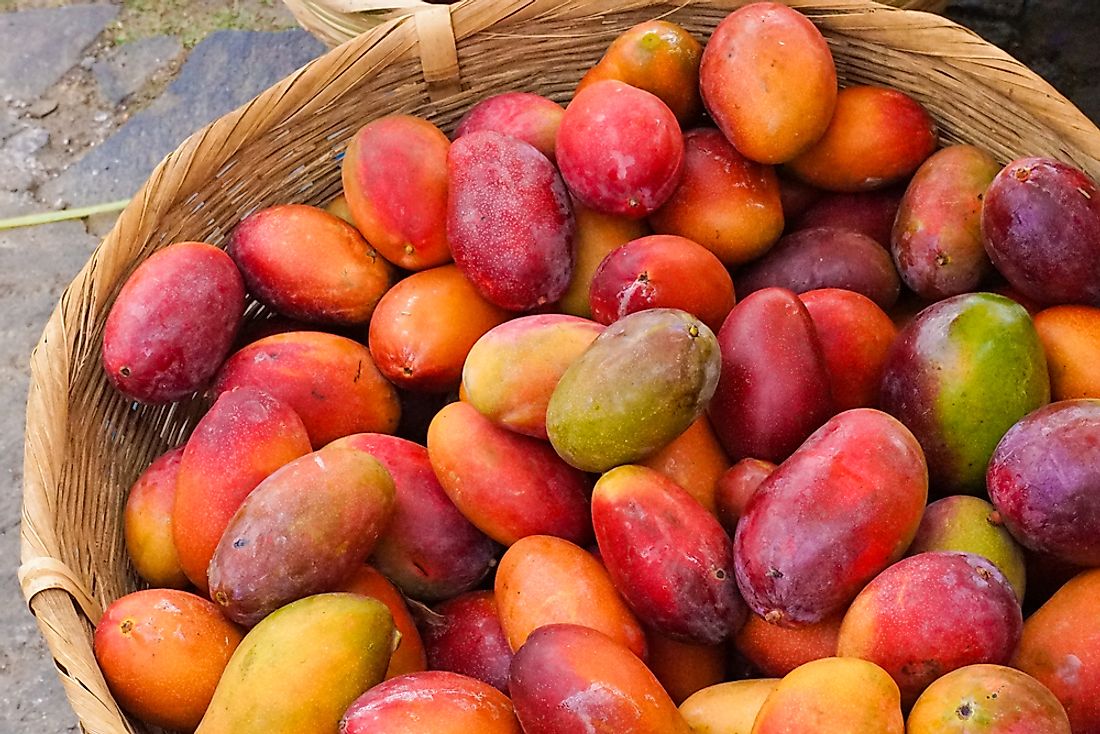What Are The Biggest Industries In El Salvador?

El Salvador is the smallest nation in Central America. The country shares its borders with Honduras and Guatemala, and it also has a coastline running along the Pacific Ocean. San Salvador is the largest city in the country and serves as the capital city.
El Salvador's economy has been dominated by agriculture with coffee being the most important cash crop in the country. In 2017, the Salvadorian GDP based PPP was $57.88 billion, while GDP per capita based PPP was $7,600.In 2012, nominal GDP was $23.99 billion. The country's GDP growth rate in 2015 was 2.4%, and in 2016 the rate was 2.6%. Some of the largest industries in El Salvador include agriculture, tourism, and manufacturing, among others.
Tourism
Tourism is one of the essential industries in El Salvador, and in 2014, about 1.4 million foreign tourists visited the country. Tourism in the country contributed about $55.5 million into the country's revenues, which represented about 3.5% of the GDP. As of 2013, tourism in El Salvador supported about 80,500 jobs, which were about 3.1% of the country's total labor force. Most tourists visiting El Salvador were mostly from Europe and North America, and the country's tourism landscape is somehow different compared to other countries in Central America. Unlike other Central American countries, Salvadorian tourism does not have nature-themed tourism such as ecotourism because of its geographical size.
Manufacturing
In the mid-twentieth century, the manufacturing industry experienced a steady increase in investment, which was stimulated by the Central American common market. Several industries were established in different parts of the country, and the existing ones were expanded, and as a result of the government incentives together with the vibrant banking system and development credits from overseas. As from 1979, manufacturing industry experienced a decline in output due to the political instability and civil unrest. After the Civil War manufacturing in the country increased dramatically to levels beyond the pre-war output, and at the Turn of the 21st-century manufacturing was contributing more than one-fifth of the country's GDP.
Agriculture
By 1998 El Salvador had an arable land of about 565,000 hectares which was under crops, and almost half of it was under permanent crops. In the same year, about 6,000 hectares of land was under irrigation, and almost half of it was in Sensunapan and Sonsonate regions. In 2000, agriculture accounted for 11% of the country's GDP and about 30% of the country's employment. Coffee is the principal crop in El Salvador and accounts for about 30% of the country’s agricultural output. The crop is grown particularly in the northwestern and western part of the country with elevations ranging from 1,500 to 5,000 feet above sea level. Due to the Civil War that affected the country, coffee production declined drastically in the 1980s, but in the 1990s production increased once again and by 1999, coffee production had increased 144,000 tons.











